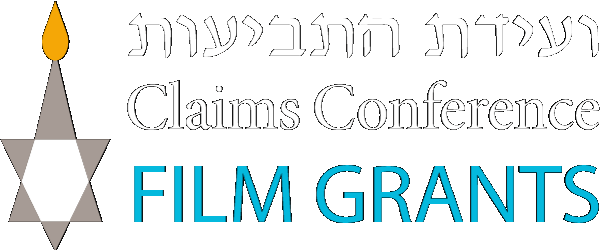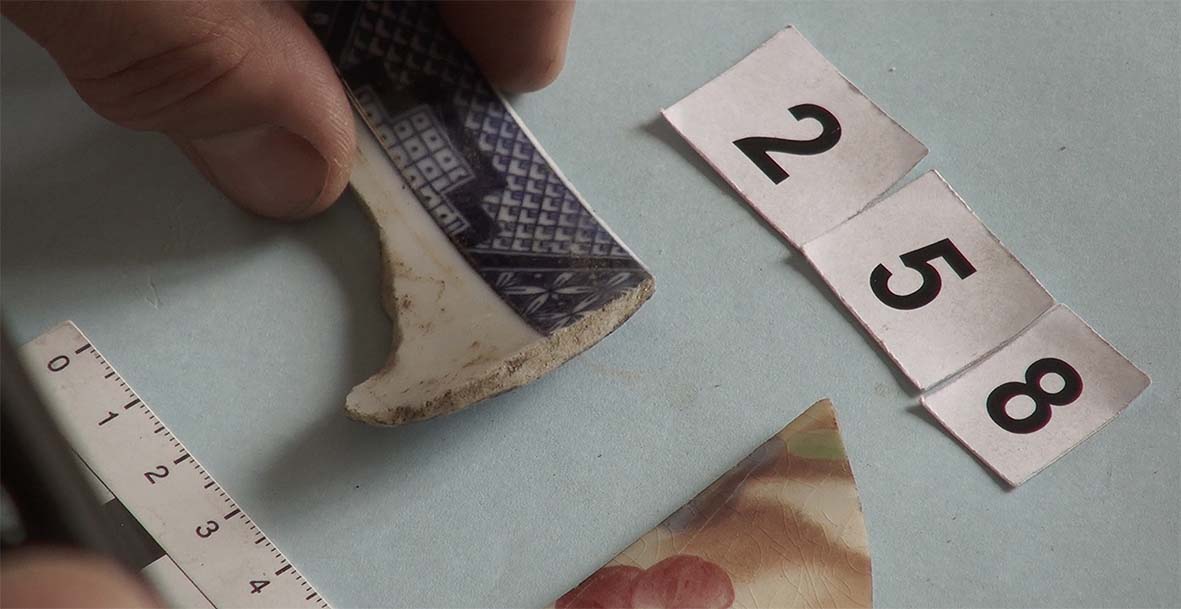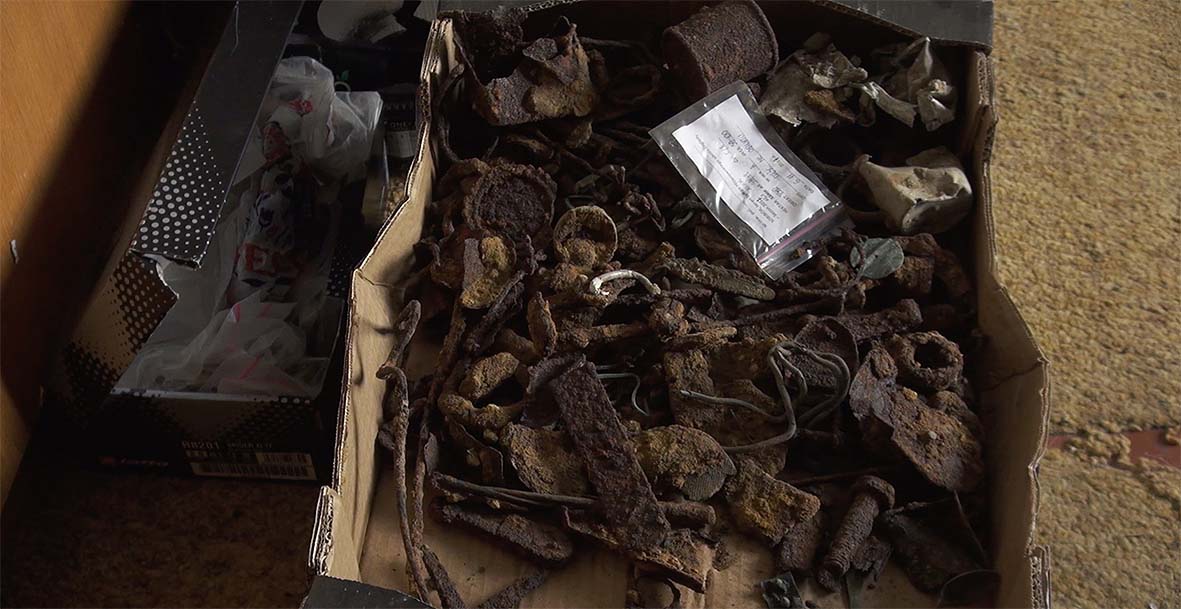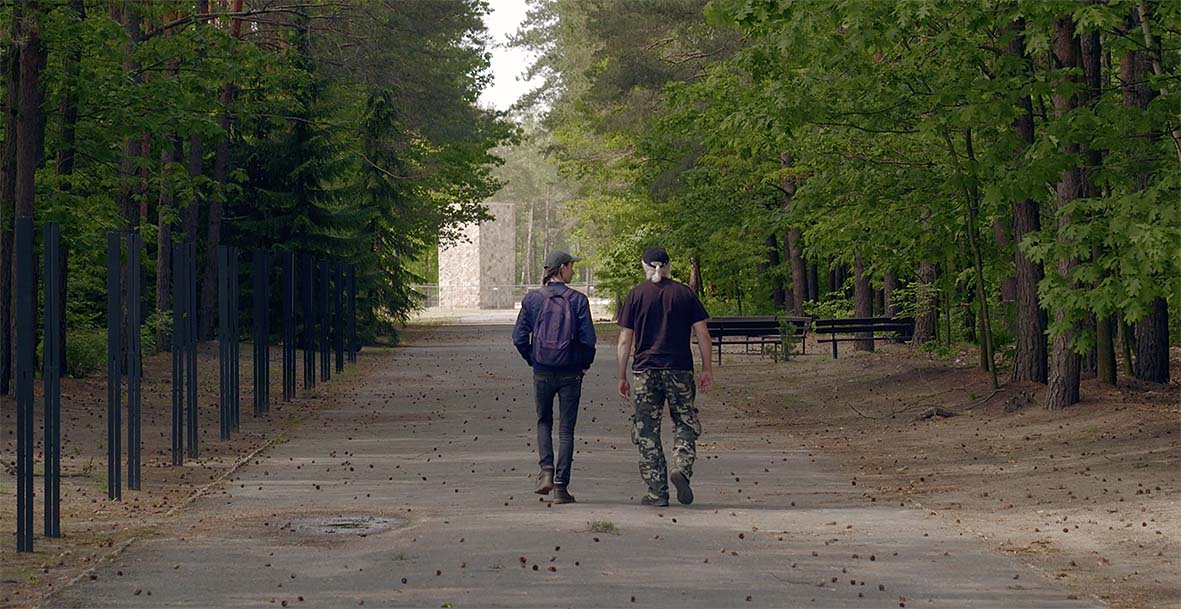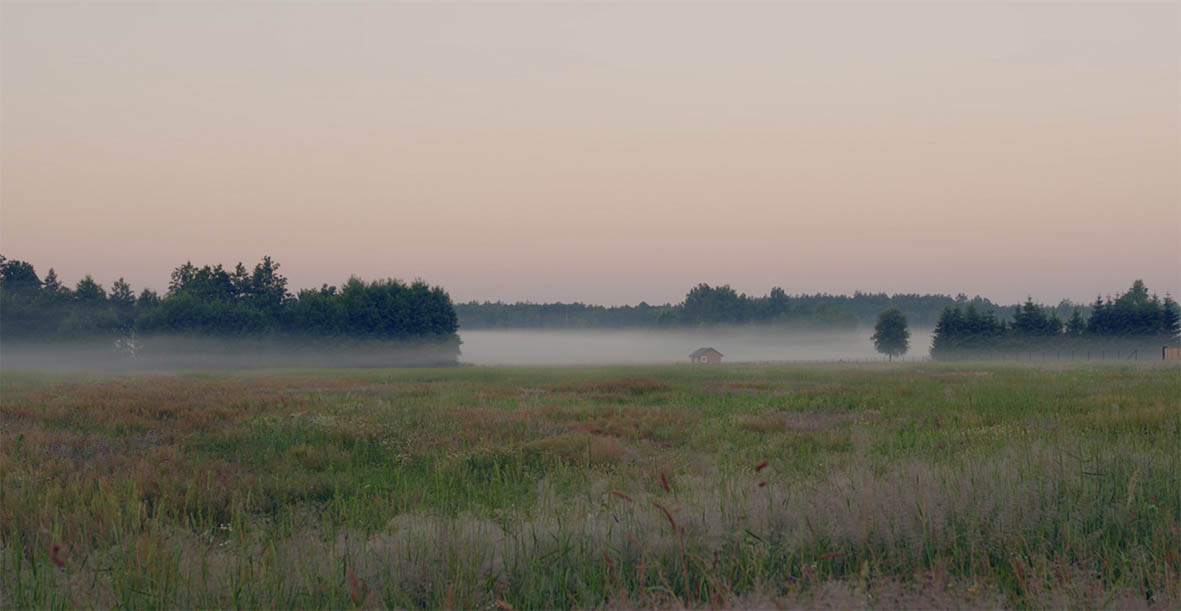In Poland’s Sobibor Forest, a team of archaeologists are race against time to excavate the site of an extermination camp, which will soon become the construction site for a museum created by the Ministry of Culture–two competing sites, with very different aims.
Synopsis
In a forest in eastern Poland, an archaeologist digs to bring to light the traces of the Sobibor extermination center. Thousands of objects that belonged to the victims are emerging from the ground as fragile witnesses. This research must be completed, because the construction of a new museum-memorial is beginning.
How can the Shoah be commemorated on its own site, today and tomorrow, when an era without witnesses is emerging? How does the Shoah continue to impact the history and memory of Poland, of its citizens, within Europe, in a conflicting political context?
The film looks at these questions by showing and hearing the voices of archaeologists, historians, architects, journalists, curators, and visitors linked to Sobibor.
About the Director
Arnaud Sauli was born in 1972. Initially intending to study history, he worked on a PhD on the colonial police in North India before choosing documentary film. He made his first documentary behind the camera as part of a research program in anthropology of the CNRS on lepers and a caste of transgendered people in New Delhi. He then directed a short documentary in Rwanda, Sonatubes-Nyanza (26′, 2012, Corsicadoc, Entrevues Belfort parallel program), Le Kaddish des Orphelins in Israel with the writer survivor of the Shoah Aharon Appelfeld (52′, 2016, Dublin Films, France TV L’heure D, étoile de la Scam) and the feature film L’enfance d’Aharon (2018, Dublin Films, Cinema Jueu Festival in Barcelona, Flickers Roving Eye in Rhodes Island). He then shot for four years in Poland a film on the memorialization of the Holocaust on the site of the extermination center of Sobibor.
Artistic Statement
The film focuses on a quest to extract concrete and symbolic meaning from the soil of Sobibor, and thus repair history. The artifacts retrieved in the extermination center are the sensible mediators of this history. The archaeological experiment conducted in Sobibor is unique in history by its scope and duration, but above all by the emotion and the historical breakthroughs provoked by its discoveries (foundations of the gas chambers, thousands of personal objects).
This film comes after the death of the witnesses and is interested in the living who have received this history as an inheritance, in places returned to the present but also engaged in an uncertain path of transformation.
The film is an epilogue, a twilight and a dawn, the moment when we move from a living memory to a performative representation of the past after the disappearance of the survivors and witnesses, while opening a museum. Something is closed and reformulated before our eyes. The survivors have become pixelated faces on the screens in an exhibition room. Yet, a question remains open: what are our tools to keep our relationship to Holocaust’s history sensible and alive?
Festivals, Screenings, & Awards
Miami Jewish Film Festival
Broadcast on France Télévisions (FR)
Year
2022
Production Country
France
Production Company
Dublin Productions
Distribution
Lukarn
Subject Region
Poland
Runtime
52 minutes
Director
Arnaud Sauli
Executive Producer
Fabrice Main
Writer
Arnaud Sauli
Editor
Jeanne Oberson
